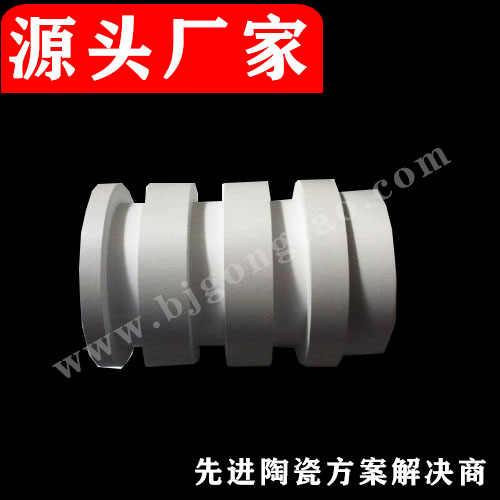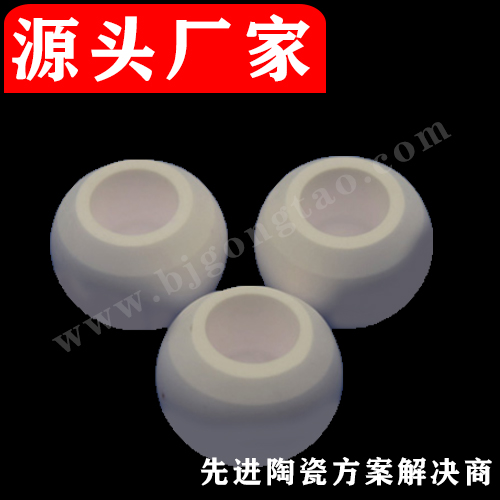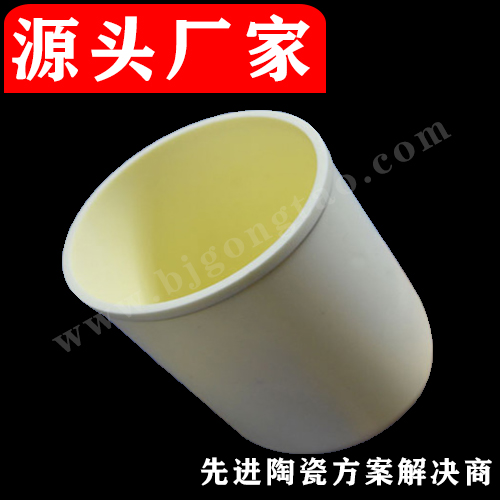
Suzhou Kaifa New Material Technology Co., Ltd.
Email:heqing@szkfxc.com
Email:sales@szbknm.com
Email:bkxc.bonnie@gmail.com
Silicon nitride ceramic substrate material for semiconductor device
Two , Si . 3 N . 4 a ceramic substrate

Fig. 1 Si 3 N 4 crystal structure Si 3 N 4 has three types of crystal structure morphologies , namely, α phase,β phase, and γ phase. Among them, α phase and β phase are the most common morphologies of Si 3 N 4 (Fig. 1 ) , both of which are hexagonal structures and can be prepared under normal pressure. Si 3 N 4 ceramic has many excellent properties such as high hardness, high strength, small thermal expansion coefficient, small high temperature creep, good oxidation resistance, good thermal corrosion performance, small friction coefficient, similar to oil-lubricated metal surfaces, etc. The best performing structural ceramic material. The theoretical thermal conductivity of single crystal Si 3 N 4 is up to 400 W · m -1 · K -1 , which has the potential to become a highly thermally conductive substrate. In addition , the thermal expansion coefficient of Si 3 N 410 × 3.0 - . 6 K -1 or so, and Si , the SiC and GaAs and other materials well matched, making Si . 3 N . 4 ceramic of high strength high thermal conductivity will be an electronic device substrate a very attractive material.
Compared with other ceramic materials, Si 3 N 4 ceramic materials have obvious advantages, especially the high temperature resistance performance of silicon nitride ceramic materials under high temperature conditions, chemical inertness to metals, ultra-high hardness and fracture toughness. performance. Table 1 shows the Si . 3 N . 4 , A L N and of Al 2 O . 3 three performance comparison of the ceramic substrate materials can be seen thatSi . 3 N . 4 the bending strength of the ceramic, fracture toughness can reachA L N of 2 Times more. Especially in terms of material reliability, Si 3 N 4ceramic has other advantages that are incomparable with the other two.Table . 1 Si . 3 N . 4 , A L N and of Al 2 O . 3 Performance comparison of three ceramic substrate material

Note: * Reliability test refers to the number of times the material does not break under the condition of -40 ~ + 150 ℃
Si 3 N 4 ceramics have a strong covalent bond structure, and the heat transfer mechanism is phonon heat transfer. The complex structure of the Si3 N 4 ceramic sintered body has a large scattering of phonons, which makes the thermal conductivity of commonly used Si 3 N 4 ceramic structural products low. However, through formula design and sintering process optimization, the thermal conductivity of Si 3 N 4 ceramics with high thermal conductivity can reach 80 to 100 W · m -1 · K -1 without losing mechanical properties . From the perspective of thermal conductivity, it seems Si . 3 N . 4 ceramics and A L N there is a gap. However, the ceramic substrate is a ceramic semiconductor package in copper ( a Cu ) in the form of plates used, Si . 3 N . 4 excellent mechanical properties of the ceramic substrate, it can be coated thicker metal C U. Figure 2, The thickness of0.635mm of the AlN ceramics substrate is coated only unilateral 0.3mm or so thick Cu , Cu thicker layer will lead to cracking of the substrate, and a thickness of 0.32mm of Si . 3 N . 4 ceramics substrate coating unilateralCu thickness Can reach more than 0.5mm . This two special ceramics coatingCu resistance plate are 0.5 deg.] C / W is, as shown in Table 1 below. That is, the heat dissipation of the two is equivalent when used.

Figure 2 Thermal resistance comparison of Si 3 N 4 and AlN ceramic-coated Cuplates
In addition, the Si 3 N 4 ceramic-coated Cu plate also has a higher amperage capacity, as shown in FIG. 3 . It can be seen that Si 3 N 4 ceramic is a semiconductor insulating substrate material that combines the best heat dissipation performance, reliability, and electrical performance, and has a bright future application prospect.

Figure 3 Performance comparison and development trend of Cu- clad plates with different materials
Three, Si . 3 N . 4 ceramic substrate applicationThe broad market prospects of Si 3 N 4 ceramic substrate materials in the future have attracted great attention from international ceramics companies. At present , only a few companies such as Toshiba, Kyocera, and Rogers actually use Si 3 N 4 ceramic substrates for the actual production of electronic devices. The thermal conductivity of commercial Si 3 N 4 ceramic substrates is generally 56 to 90 W · m -1 · K -1 . Take Japan‘s Toshiba as an example, as of 2016 , it has occupied 70% of the global silicon nitride substrate market share. It is reported that its Si 3 N 4 ceramic substrate products have been used in hybrid vehicles / pure electric vehicles ( HEV / EV). ) Market sector. Recently, it has also been reported that Hitachi Metals Co., Ltd. has developed a highly thermally conductive silicon nitride circuit board that can be installed in electric vehicles, hybrid electric vehicles, railway vehicles, and industrial equipment. Using this product can make the cooling device of power modules smaller and cheaper. The company expects to mass produce silicon nitride circuit boards in 2019. Figure 4 is Si 3Application case of N 4 ceramic substrate instead of AlNceramic substrate in electric vehicles .

Figure 4 Application of Si 3 N 4 ceramic substrate in electric vehicles

FIG 5 high thermal Si . 3 N . 4 of the ceramic substrate and the cladding Cuplate products
At present, the global semiconductor device technology is moving towards higher voltage, higher current, and greater power density. This trend is driving wide band gap semiconductors such as: SiC and gallium nitride (GaN ) to rapidly replace Si in the near future . The high power and the complex mechanics of the use environment place extremely stringent requirements on the service reliability of packaging materials. As previously analyzed, the Si 3 N 4 ceramic substrate (Figure 5 ) is a substrate material with the best comprehensive performance combining high thermal conductivity and high reliability. The Si 3 N 4 ceramic substrate will be the ceramic substrate for future semiconductor devices. The development trend of wafers and provide a solid material foundation for the development of third-generation semiconductors.
Fourth, Si 3 N 4 ceramic substrate requirements for raw material powderThe key factor affecting the thermal conductivity of Si 3 N 4 ceramic substrates is the lattice oxygen content in Si 3 N 4 . The two crystalline powders of Si 3 N 4 can be used as raw materials for ceramic substrates, but no matter the choice of a- phase or β- phase raw materials, higher purity is required, because impure raw materials will introduce higher content of Impurities, and the presence of impurities will cause phonon scattering, thereby reducing the thermal conductivity of ceramics.
Source: Advanced Ceramics Show





